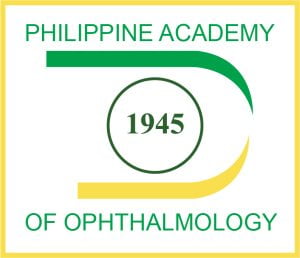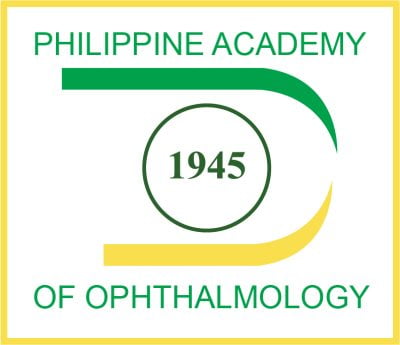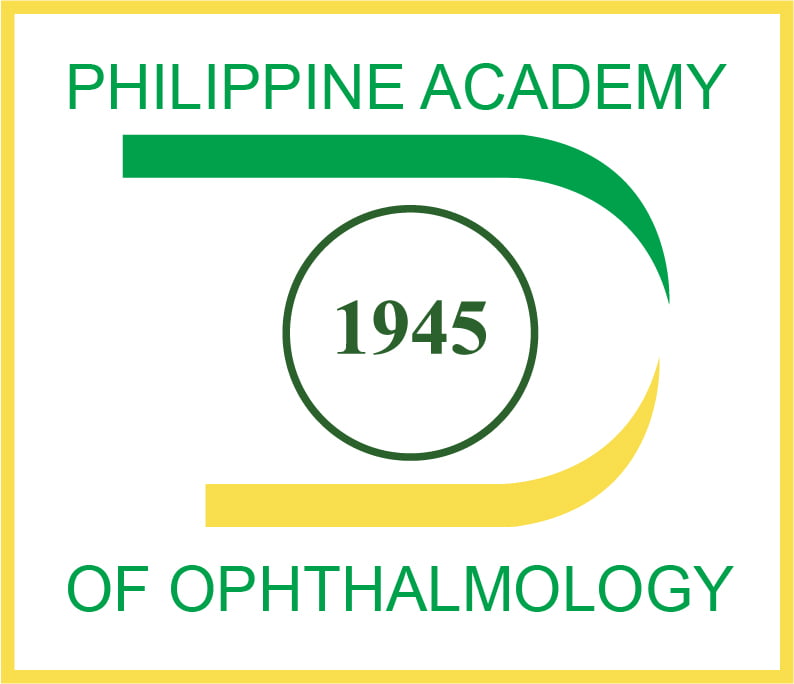About PAO
History: When One Plus One Equaled One
(Based on the article of the same title by Romulo N. Aguilar,M.D., Ph.D., Chair, Ad Hoc Committee on Reorganization)
On November 25, 1945, the Philippine Ophthalmological and Otolaryngological Society (POOS) was born, the first specialty society of its kind to be accredited by the Philippine Medical Association. Its members, led by Dr. Antonio S. Fernando, founding president, were physicians in the combined practice of ophthalmology and otolaryngology.
Eleven years later, anticipating the separation of the specialties, the POOS created two other organizations: the Ophthalmological Society of the Philippines (OSP) and the Philippine Society of Otolaryngology and Broncho-Esophacology (PSOB). The year was 1956. Only weeks earlier, another independent eye society had been formed: the Philippine Ophthalmological Society (POS). With Dr. Geminiano de Ocampo as its president, the POS hosted the first Asia-Pacific Congress of Ophthalmology (APAO) in Manila.
This unfortunate situation of having two eye societies existed in the country for the next fifteen years, finally spurring a campaign to unite the two societies. Dr. Conrado Banzon led the campaign, in cooperation with Drs. Liborio Mangubat and Manuel Hechanova, who were presidents of POS and OSP respectively. Their efforts were rewarded in 1971, when the two societies became one under the banner of the Philippine Society of Ophthalmology (PSO). Dr. Salvador Salceda was named president of this new, unified eye society. Meanwhile, the POOS (after twenty-five years) was renamed the Philippine Academy of Ophthalmology and Otolaryngology (PAOO) with Dr. Banzon as holdover leader. And for another twenty years, everyone seemed contented with the status quo.e “mother” of all ophthalmologic organizations. A secondary, although relatively minor reason was to obviate having to start over and projecting an image of a “young” ophthalmic organization to the international community, when in truth and fact it is not.
Then in 1992, both the PSO and the PAOO faced a formidable task – that of lobbying against the passage of the Revised Optometry Bill pending in Congress. At the end of this arduous effort, the bill was rejected, and the efforts of both societies paid off, by moving together – as one.
These events highlighted not only the advantages and convenience of moving in unison, but also the disadvantages, confusion and tediousness of having two organizations (sharing similar interests and aspirations, even having common members) work for a common goal. This rekindled the sentiment to unite.
On January 10, 1993, during the first joint meeting of the Councils of the PSO and PAOO, Dr. Gloria Lim, a distinguished member of the ophthalmic community and past president of the PAOO from 1977 to 1982 circulated a letter expressing, among other things, “the hope that the two organizations will merge…and form a stronger, unified, better organized Philippine Academy of Ophthalmology.” The “Ad Hoc Committee on PSO-PAOO Reorganization” was thus formed and tasked to review and evaluate the existing relationship between the PSO and the PAOO, focusing on its eventual restructuring or reorganization, ranging from simply revitalizing one or both organizations and forming a more efficient, stable and unequivocal link between the two, to complete unification of the two groups to form a single organization, if such a need is identified.
Fearful to be tagged “unwise,” all salient opinions and comments were considered by the committee prompting a more thorough research and in-depth study of the history of the PSO and the PAOO, going back to our illustrious “elders” time and again for more consultations and advice, distributing questionnaires and surveys among members, paying special attention to EENT and ENT specialist-members, who were most apprehensive about the move. On December 3, 1993 a plebiscite was conducted during the Annual Meeting held at the Philippine International Convention Center. The results showed an overwhelming majority favoring the formation of a single eye organization (PSO members – 94%; PAOO members – 78%).
Using the old Constitution and Bylaws of both the PSO and the PAOO as backbone, the committee met almost every week for the ensuing year, oftentimes into the wee hours of the morning, drafting, discussing, and revising the proposed Constitution and Bylaws. The documents were presented to the members during the 1994 Annual Meeting held at the EDSA Shangri-la Plaza Hotel. This gave the members one full year to scrutinize the proposed Constitution and Bylaws.
The other aspects of physical reorganization, namely, membership, properties and organizational set-up, were resolved in the course of the discussion and the revision of the proposed Constitution and Bylaws. Membership, in particular, was deliberated on extensively with care taken so as not to disenfranchise any member of either organization.
With many issues still at hand, the committee, in May 1995, once again sought the advise of the past PSO and PAOO Presidents and “elders”, relying heavily on their experience and knowledge of the history of the PSO and the PAOO. After a round of friendly discourse, an agreement was reached to resolve the remaining problems and hold another plebiscite during the Annual Meeting of that year, the results of which would be binding to everyone concerned.
With all arguments considered, that esteemed group arrived at a consensus to unify the PSO and the PAOO. Discussion then gravitated on the name and seal of the proposed unified organization. A decision was borne out of the fact that the PSO was the duly recognized national eye society both locally and internationally.
A significant offshoot, however, of the decision to unify was fixing of the foundation year. A review of the history of ophthalmology in the Philippines showed that all the contemporary eye organizations originated in one way or another from the Philippine Ophthalmological and Otolaryngological Society (POOS). As such, the group resolved to fix the foundation year at 1945, giving due recognition to the POOS, which was founded in 1945, as the “mother” of all ophthalmologic organizations. A secondary, although relatively minor reason was to obviate having to start over and projecting an image of a “young” ophthalmic organization to the international community, when in truth and fact it is not.
And so it came to pass that on December 1, 1995, at the historic Manila Hotel, after three long years of planning, deliberations and consultations, the proposals were unanimously approved by the members of both the PSO and the PAOO, giving birth to the PHILIPPINE ACADEMY OF OPHTHALMOLOGY not only in time for, but actually during, the Silver Anniversary of both organizations. Or, should one say the re-birth of a unified Philippine Academy of Ophthalmology on the golden Anniversary of the POOS?
And so it seems that the desire to have a unified eye organization has gone full circle, from the time when only a single group, the POSS, existed.
It is a fitting tribute to the wisdom, maturity and sacrifice of our “elders”, as well as to the energy and resolve of the youth, that the PAO has been born, recognizing in the process the root from which it came from – the POOS. In the process, we seemed to have sincerely buried the schisms and conflicts of the past, achieving in the process what Sir William Osler (Aequanimitas) could only write about, “Unity and friendship! How we long for them, but how difficult to attain…! The quarrels of doctors make a pretty chapter in the history of medicine. Each generation seems to have its own.”


